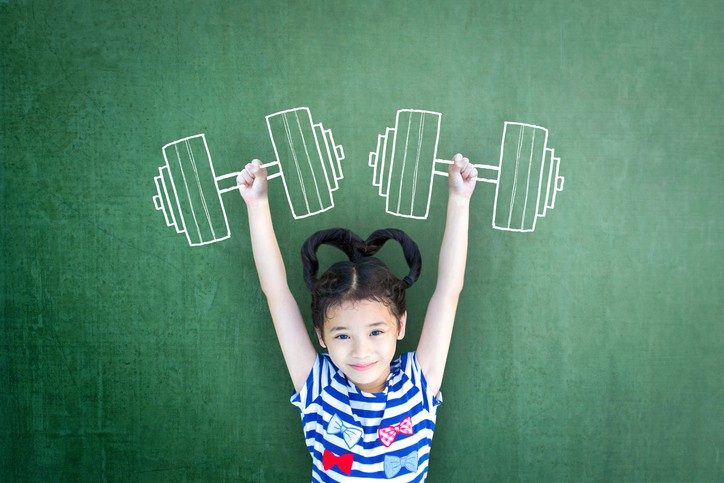I have two (mostly) lovely little boys and my goal is to build up a house deposit for each of them so they can get a head start in life. I’ve chosen to set them up with a Stocks and Shares Junior ISA.
Here’s why I made that choice and what I see as the advantages and risks.
Investing for children: How does it work?
The government announced that for the 2020–21 tax year, the amount you could invest for children in a Junior ISA was increasing from £4,368 to a whopping £9,000.
Should you invest £1,000 in Cavendish Financial Plc right now?
When investing expert Mark Rogers has a stock tip, it can pay to listen. After all, the flagship Motley Fool Share Advisor newsletter he has run for nearly a decade has provided thousands of paying members with top stock recommendations from the UK and US markets. And right now, Mark thinks there are 6 standout stocks that investors should consider buying. Want to see if Cavendish Financial Plc made the list?
Much like the adult version, the money grows tax-free. That means there’s no income tax or capital gains tax on any profit.
Only parents (or guardians) can open a Junior ISA but anyone is able to pay into them. You can open a Junior ISA for any child under the age of 18.
There are two types of Junior ISA. Cash, and Stocks and Shares. You can hold a maximum of one of each type at any one time.
Two points to note though. First, the money is locked away until the child is 18. If you think you might need it sooner (for school fees for example), another form of investment may be better suited.
Second, when your child turns 18, control of the account legally passes to them. While I may be saving so my children can have a house deposit, they may decide instead to ‘invest’ in a round-the-world gap year.
Should I choose a Cash or a Stocks and Shares Junior ISA?
The best Cash Junior ISA rate that I could find is currently 3.25%. That’s not too bad at all considering adults are lucky to get 1%.
But with a near 20-year investing horizon ahead to even out any bumps in the market, I’m aiming to make my/their money work harder. That’s why I’ve opened a Stocks and Shares Junior ISA.
There is, of course, more risk here. But over time, the stock market has vastly outperformed cash. For example, the Dow Jones Industrial has averaged around a 7% annual return since inception. The S&P 500 is even higher at 10%.
Granted, not many people can afford to contribute the maximum £9,000 a year (and that’s per child). But assuming a 7% annual return, if you could contribute the full amount each year, the Junior ISA would be worth nearly £350,000 by their 18th birthday (not accounting for inflation). That’s quite some birthday present!
Even a more modest £100 per month can still rise to a considerable sum of over £42,000 under the same assumptions. That’s a deposit on a house for them or their university fees paid.
Now you just need to choose what to invest in for your children. But you’ve come to the right place. We’ve a wealth of information to help you decide.








